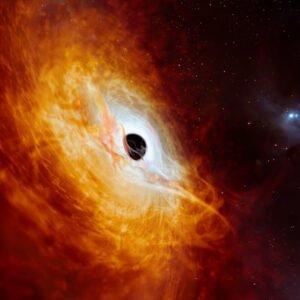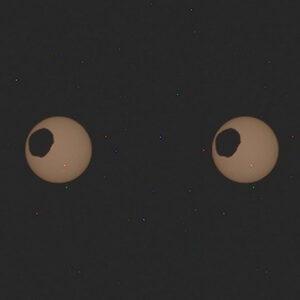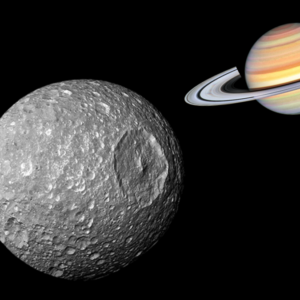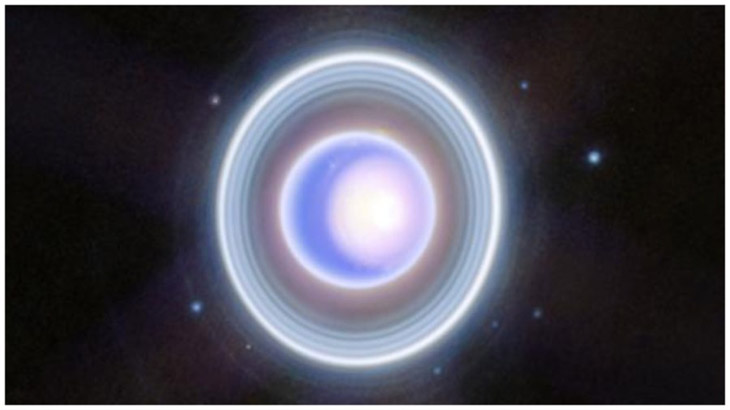
The James Webb Space Telescope has provided us with profound insights into our solar system, revealing unexpected features among the outer planets. While the rings of Saturn are widely acknowledged, the recent revelations from Webb have expanded our understanding to include rings around Neptune, and the most recent discovery involves Uranus.
Contrary to the impression left by NASA’s Voyager 2 spacecraft in 1986, which portrayed Uranus as a seemingly featureless, solid blue sphere, the James Webb Space Telescope’s infrared observations have uncovered a more dynamic and fascinating planetary landscape. These groundbreaking images showcase not only the well-known rings but also moons, storms, and a conspicuous bright polar cap.
Uranus, uniquely tilted on its side, presents a striking blue-eyed appearance, with the polar cap gaining prominence during solstices when the pole is oriented towards the Sun. The upcoming solstice in 2028 offers astronomers an opportunity to observe potential atmospheric changes on the planet.
The extreme tilt of Uranus, approximately 98 degrees, results in unparalleled seasonal variations, exposing one pole to sunlight for a significant portion of its year while subjecting the other half to a prolonged, 21-year winter. The James Webb Space Telescope’s exceptional infrared resolution and sensitivity have enabled astronomers to discern the intricate details of Uranus, particularly the close-in Zeta ring, with unprecedented clarity.
These newfound insights, facilitated by Webb’s capabilities, hold significant value for planning future missions to Uranus, as scientists gain a more comprehensive understanding of its unique features and atmospheric dynamics.
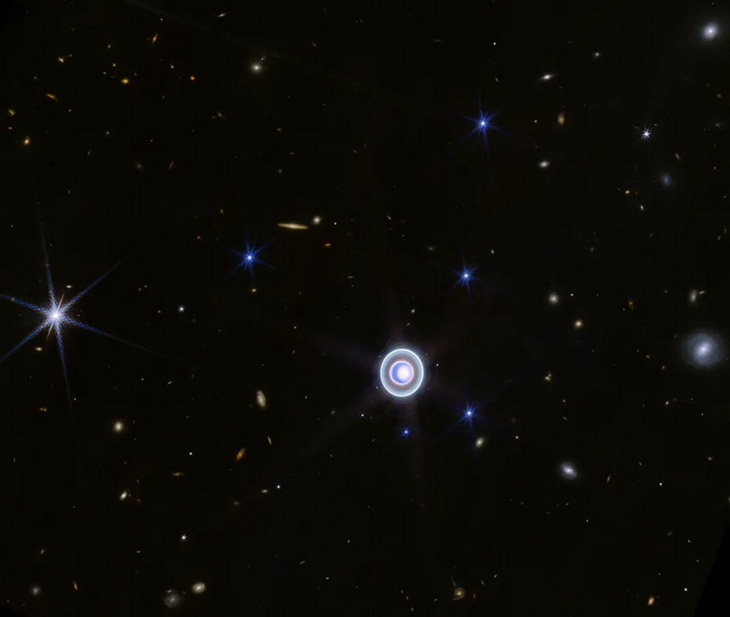
A single day on Uranus lasts approximately 17 hours, indicating a relatively swift rotation of the planet. This rapid rotation poses a significant challenge for observatories, such as the Webb telescope, renowned for its precision, when attempting to capture a comprehensive image of the entire planet. Notably, storms, atmospheric phenomena, and the movement of Uranus’ moons are discernible within minutes, necessitating a nuanced approach to imaging.
To overcome these obstacles, the composite image presented here is a result of combining multiple exposures, both longer and shorter in duration. This meticulous process is crucial for compensating for the subtle changes that occur during the observation period, ensuring a cohesive representation of Uranus and its dynamic features.
Beyond its intrinsic fascination, Uranus serves as a valuable proxy for studying the myriad exoplanets discovered in recent decades, nearly 2,000 of which share a similar size. Often referred to as the “exoplanet in our backyard,” Uranus provides astronomers with a unique opportunity to delve into the workings of planets of comparable size. By investigating the meteorology and formation processes of such celestial bodies, scientists can glean insights that extend beyond our solar system.
This exploration of Uranus as a celestial model aids in unraveling the mysteries of exoplanets and contributes to a broader understanding of our own solar system. Placing our solar system within the context of a larger cosmic framework, astronomers can refine their comprehension of planetary dynamics, ultimately enhancing our knowledge of the universe.
What are your thoughts? Please comment below and share this news!
True Activist / Report a typo
